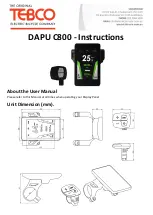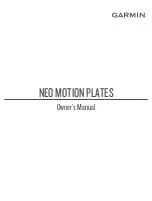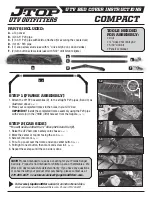
1
2
1
0
3
Figure 17: Shape comparison (“High Active”)
1
0 percent match of the shape comparison
2
Selected switching threshold of the shape comparison
3
100 percent match of the shape comparison
1
2
1
0
3
Figure 18: Shape comparison (“Low Active”)
1
0 percent match of the shape comparison
2
Selected switching threshold of the shape comparison
3
100 percent match of the shape comparison
The settings of the shape comparison are configured in the following steps:
1
Optional: Setting the shape trigger threshold
2
Setting or teaching in the object length in ms
3
Teaching in the reference shape
4
Setting or teaching in the switching threshold for the shape comparison
The points mentioned are described in the following subchapters.
Trigger threshold
Use of the shape comparison requires a stable background (distance changes signifi‐
cantly smaller than the shape trigger threshold), on which the sensor can measure
reliably.
To detect objects for the shape comparison, the measuring object must exceed the
shape trigger threshold. Accordingly, it is appropriate when the area relevant for the
shape comparison first begins above the shape trigger threshold.
Length of the objects to be measured
For the shape comparison it is necessary that the sensor is able to measure toward this
at least for the better part of the object. If this is not the case when attempting to teach
in a reference shape, a teach error occurs. If the sensor is partially unable to measure
toward a shape to be compared, the match level drops accordingly. Accordingly, it is
advisable to choose the speed setting (
see "Speed setting (“Speed”)", page 62
) of the
sensor sensibly, or qualify it in the application.
OPERATION
6
8017154/1AVV/2021-03-24 | SICK
O P E R A T I N G I N S T R U C T I O N S | DT50-2 Pro
37
Subject to change without notice
















































